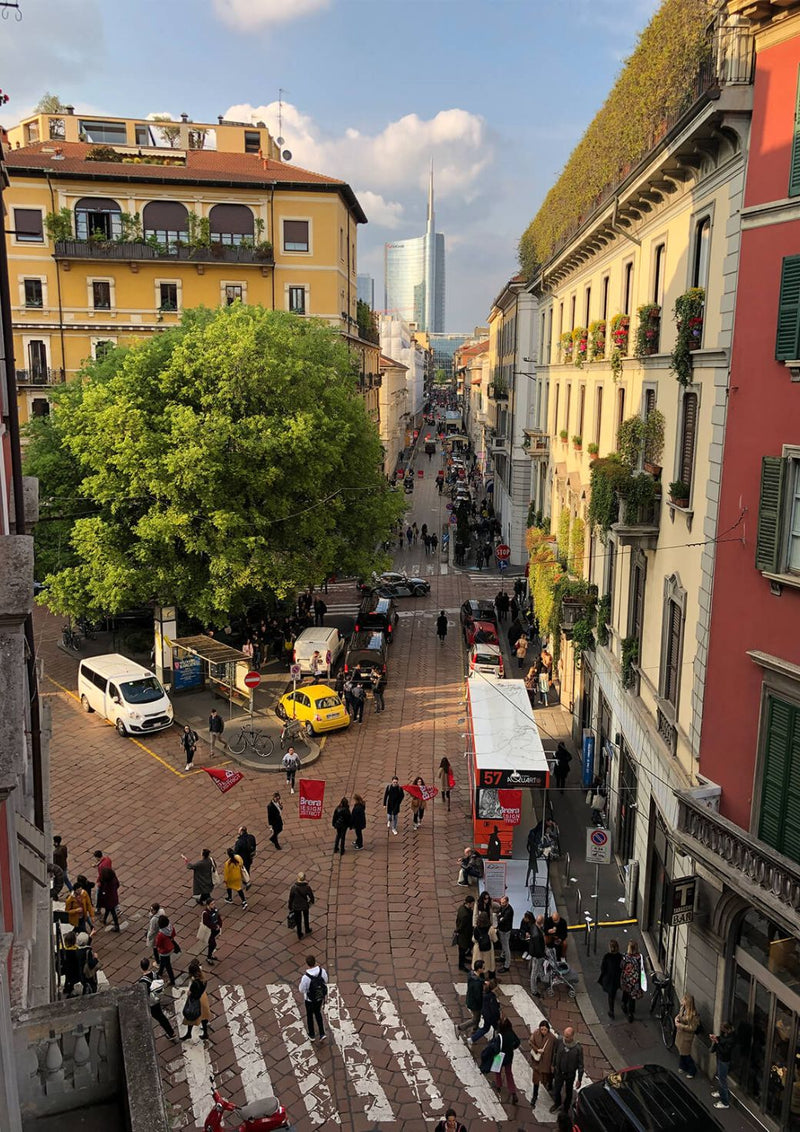This store requires javascript to be enabled for some features to work correctly.
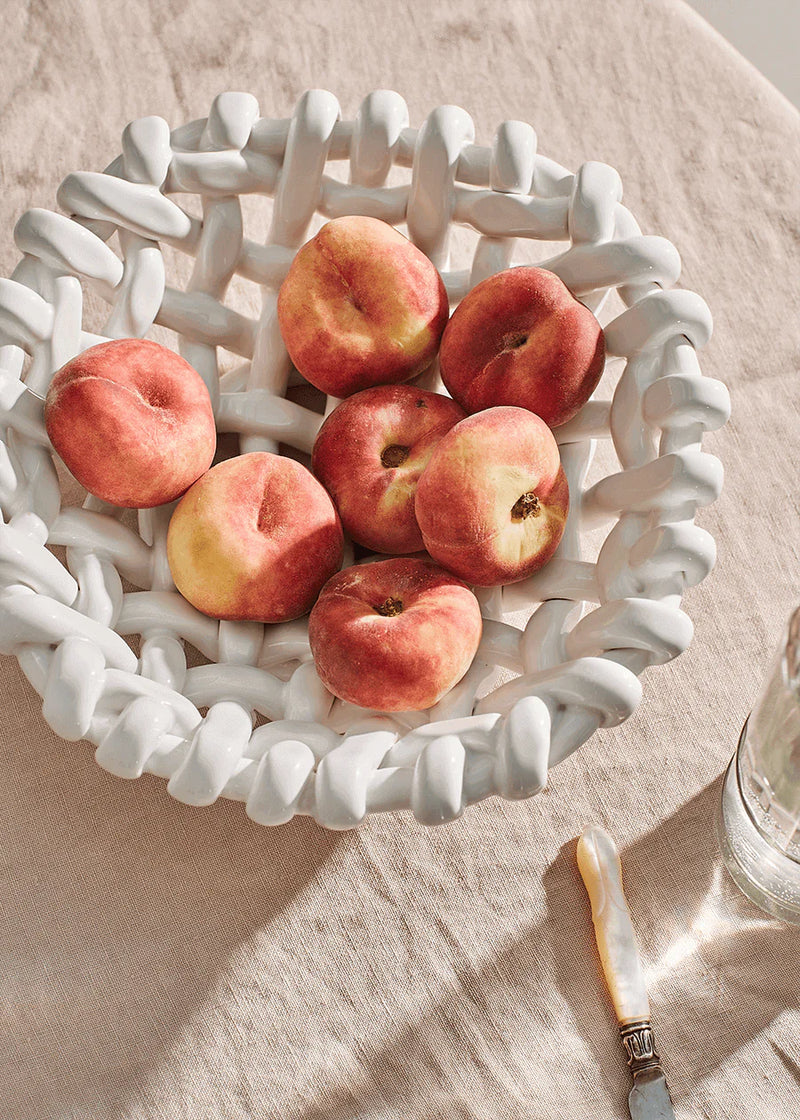
How It’s Made: The Juicy Basket Collection by Late Afternoon
At Maison Flâneur, we’re always drawn to objects that stop us in our tracks — not just because they’re beautiful, but because they carry a story. A technique. A little touch of obsession. The Juicy Basket Collection by Late Afternoon ticks every box.
Sitting somewhere between a 1970s fruit bowl and a contemporary sculpture, each basket is handmade by artisans in Portugal using a rare weaving technique. But don’t be fooled — there’s no mould here. Each one is constructed by hand using long, soft ribbons of clay. The result? Pieces that are textural, tactile, and almost impossibly juicy.
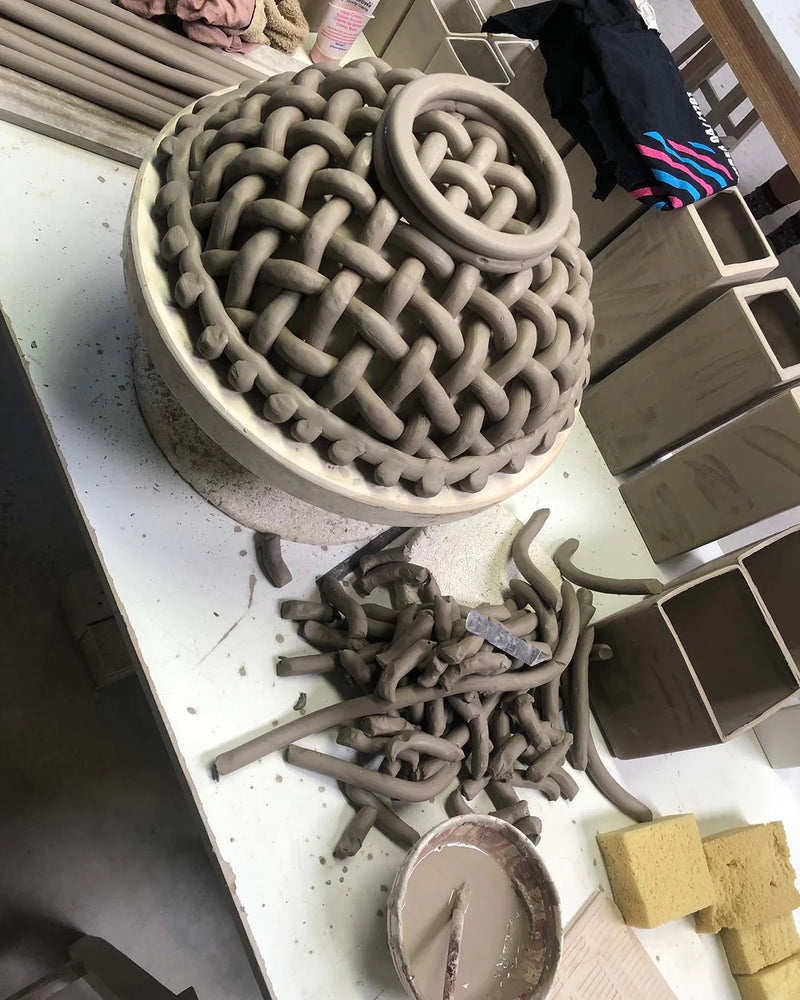
Can you tell us how you discovered the artisans you work with?
We spoke to the Late Afternoon team to understand exactly how they bring these vibrant creations to life — and why they’ve become so obsessed with the traditional craft behind them.
We are real magpies. We look under everything we like for makers’ marks, we deep dive on the internet with super niche search terms, we research history of where things are made, we use Google Maps to scan around looking for businesses in towns we know specialise in a trade… We have become obsessive about gathering this information because so many of our makers have come to us using good old-fashioned detective work.
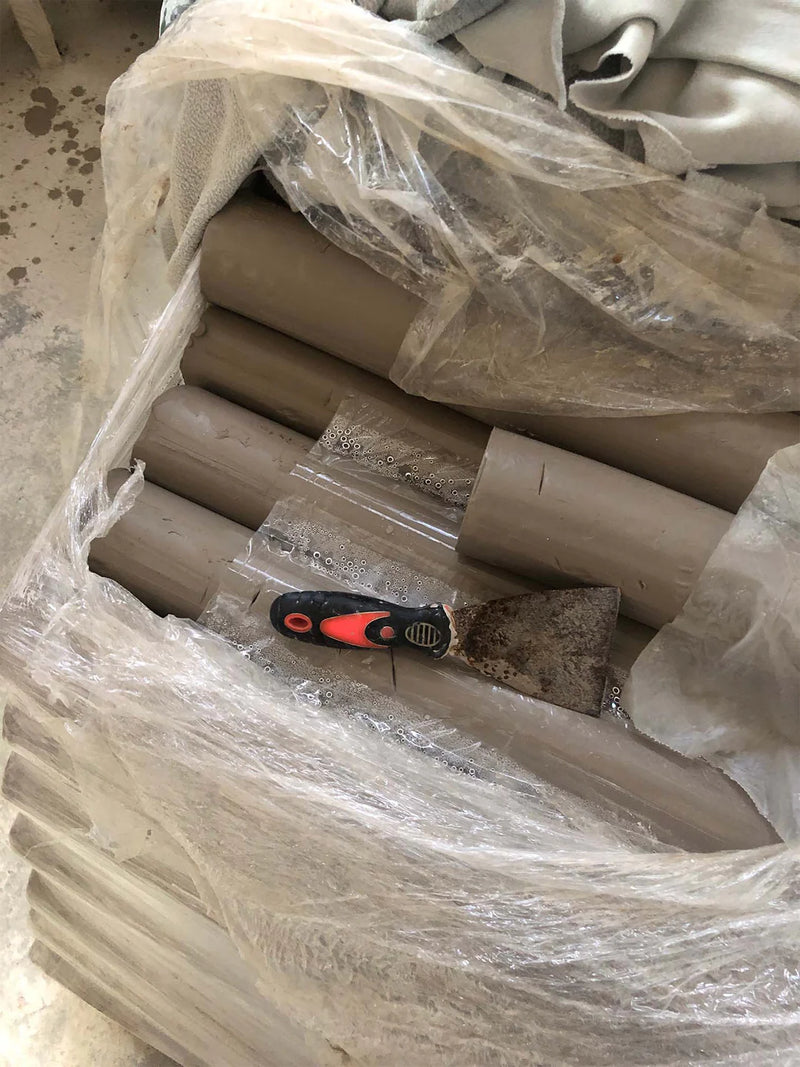

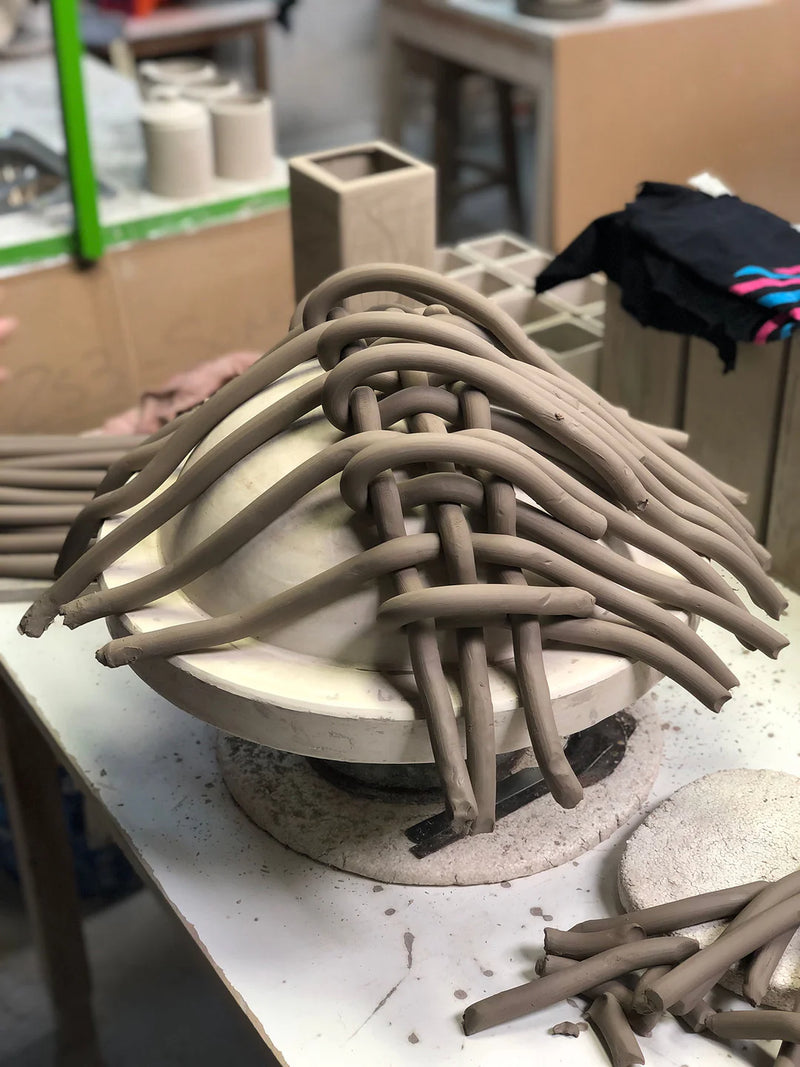

Can you describe what makes this weaving technique so unique compared to other ceramic methods?
Anything on the high street is cast in a mould and probably glazed by a machine using a variety of methods. Then you have hand-made pottery and ceramics, which are crafted by hand-made, meaning every single piece is constructed by human hand. If you’ve ever tried to make a piece yourself, you know how hard it is to do.
Because you cannot create a basket from ceramic without weaving it by hand, ceramic baskets are very rare. There are very few people in the world who have this skill and we think that is so special.
What’s the most challenging part of working with soft, ribbon-like clay?
Any mark has to be smoothed over, which is so hard to do without creating more problems! The soft strands have to become a structurally sound basket, so the transformation of the material is really amazing.
"The texture is incredible. We called them juicy because they literally look succulent! The colours we have also really make the baskets sing. Our favourite is the Apple Green. It’s completely incredible."
-
- ROSE & CLAIRE, FOUNDERS OF LATE AFTERNOON
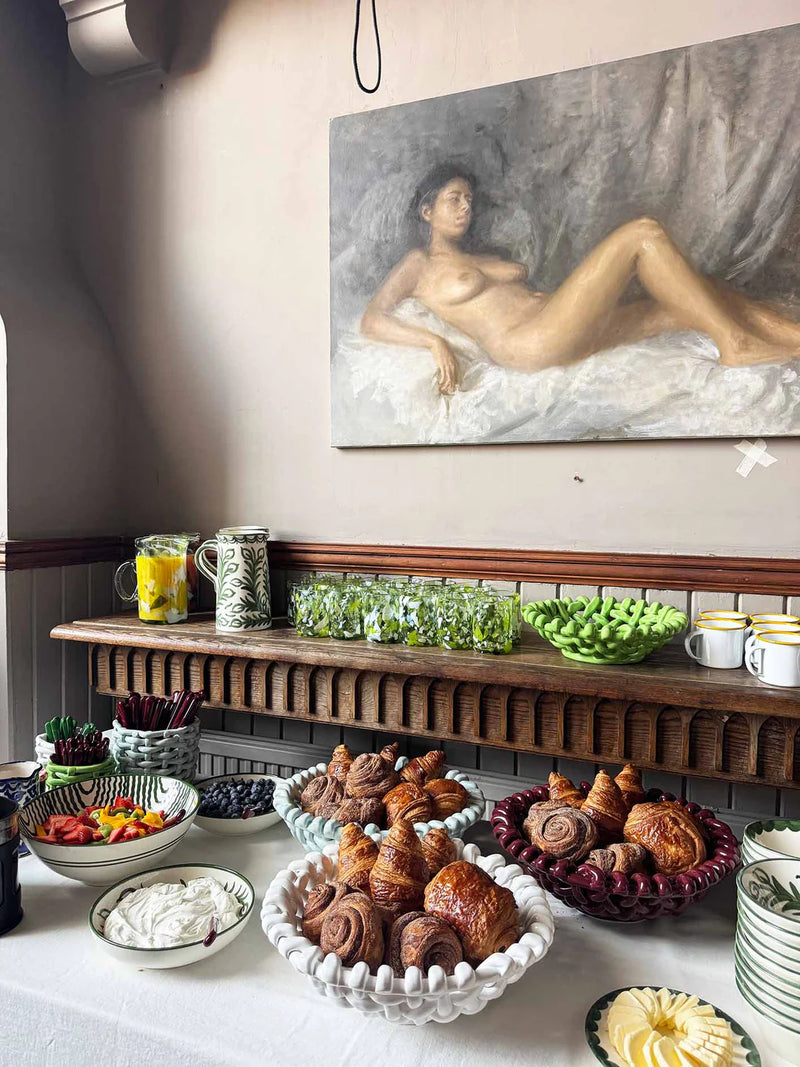
How long does it take, from start to finish, to create one of these baskets?
It takes around 30 minutes to construct the wet clay, then several days of drying, firing, glazing and firing again. Every part of the process can go wrong, so the final result feels even more special.
What’s your favourite part of the process — the extruding, the weaving, the glazing...?
We love watching the makers weave the strands together. It hurts my brain to watch, but they do it so quickly and seem to understand where every strand has to go!
How do you feel seeing your work go out into homes around the world?
It’s so special to think of these pieces being taken into people’s homes. These are pieces of art that deserve recognition and we’re so happy we can bring them to people and connect the maker’s work with customers.





































